I am working on an application which requires to Fourier Transform batches of 2-dimensional signals, stored using single-precision complex floats.
I wanted to test the idea of dissecting those signals into smaller ones and see whether I can improve the efficiency of my computation, considering that FLOPS in FFT operations grow in an O(Nlog(N)) fashion. Of course different signal sizes (in memory) may experience difference FLOPS/s performance, so in order to really see if this idea can work I made some experiments.
What I observed after doing the experiments was that performance was varying very abruptly when changing the signal size, jumping for example from 60 Gflops/s to 300 Gflops/s! I am wondering why is that the case.
I ran the experiments using:
Compiler: g++ 9.3.0 ( -Ofast )
Intel MKL 2020 (static linking)
MKL-threading: GNU
OpenMP environment:
export OMP_PROC_BIND=close
export OMP_PLACES=cores
export OMP_NUM_THREADS=20
Platform:
Intel Xeon Gold 6248
Profiling tool:
Score-P 6.0
Performance results:
To estimate the average FLOP rates I assume: # of Flops = Nbatch * 5*N*N*Log_2( N*N )
When using batches of 2D signals of size 201 x 201 elements (N = 201), the observed average performance was approximately 72 Gflops/s.
Then, I examined the performance using 2D signals with N = 101, 102, 103, 104 or 105. The performance results are shown on the figure below.
I also examined experiments with smaller size such as N = 51, 52, 53, 54 or 55. The results are again shown below.
An finally, for N = 26, 27, 28, 29 or 30.
I performed the experiments two times and the performance results are consistent! I really doubt it is noise... but again I feel is quite unrealistic to achieve 350 Gflops/s, or maybe not???
Has anyone experienced similar performance variations, or have some comments on this?


